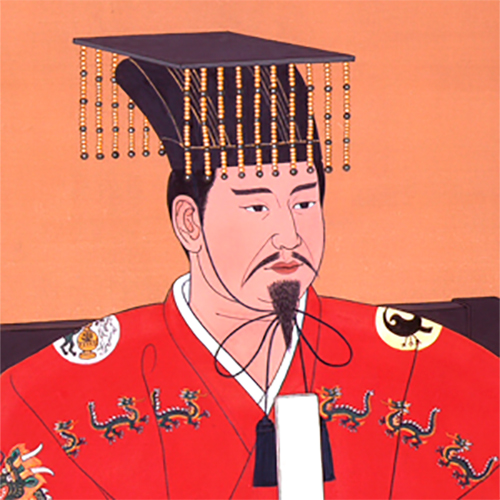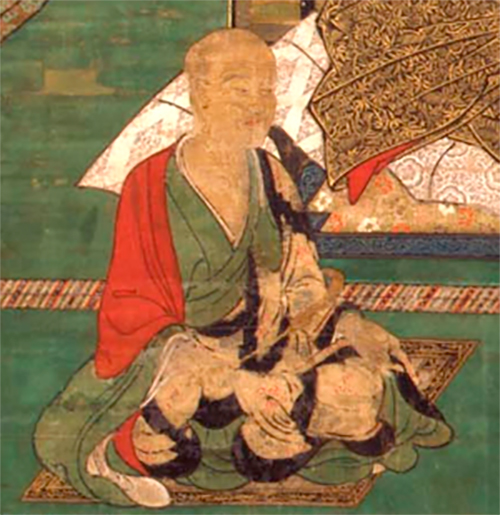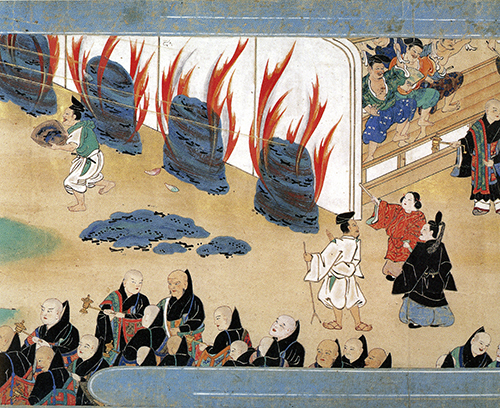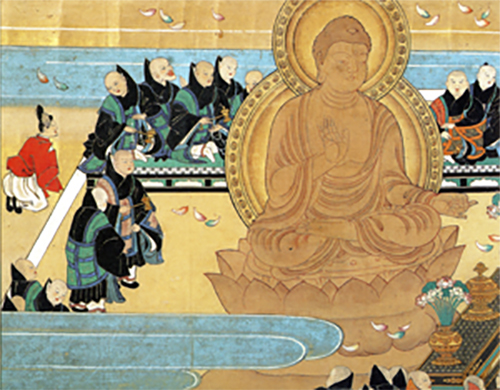8th century

The prized possessions of Emperor Shōmu that have been preserved in the Shōsō-in, the former treasure house of Tōdai-ji, call to mind the glories of the Nara period. However, the politics and social conditions of the era when the Emperor was in power were not particularly peaceful. For a tumultuous period of over ten years, struggles for political authority, small pox epidemics, and rebellions continued unabated. Emperor Shōmu realizing that religion was the only means to heal such troubled times and to seek peace for the nation and prosperity for its people, reaffirmed his devotion to the Buddhist faith.

In 741 he issued an edict proclaiming the establishment of a national system of monasteries known as the Kokubun-ji. In 743 he issued another edict proclaiming his intention to construct a monumental image of Vairocana Buddha. In the case of the Kokubun-ji system, his intention was to pray for the peace of the nation as a whole and for the people in each individual province. Two years later, however, in the edict proclaiming his intention to erect the Great Buddha, he clearly went beyond this goal. The Emperor’s use of the phrase “The benefits of peace may be brought to all in heaven and on earth, even animals and plants sharing in its fruits, for all time to come,” clearly makes reference to the perfectly harmonious worlds of the Avatam.saka Sutra where one encounters no obstacles.

Thus in 749 the Emperor made it clear that he found the Avatamsaka Sutra to be the most fundamental of all Buddhist texts.After returning the seat of government to Heijō (Nara) in 745, construction of the Great Buddha Vairocana was begun on the grounds of Kinshō-ji, a temple that was the predecessor of Tōdai-ji. The colossal bronze image was cast in eight stages over three years and was finally completed in 749. The Great Buddha Hall was completed in 751, and in the fourth month of 752 a grand consecration ceremony was held.

This vast undertaking was realized through the efforts of a large number of people including Rōben (689-773), the first Chief Abbot of the temple, and the monk Gyōki (668-749) who was able to regiment the efforts of the people through the solicitation of donations.

